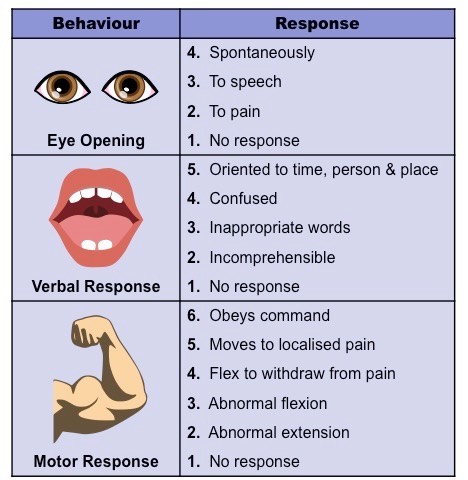![]()
Application:
• Use of the pupil reflex to evaluate brain damage
The Pupil Reflex
The pupil reflex is an involuntary response originating at the brainstem and under the control of the autonomic nervous system
- It involves the resizing of the iris to regulate the amount of light that reaches the retina (excess light can damage the retina)
Pupils constrict in bright light (to prevent overstimulation of photoreceptors) and dilate in dim light (to maximise light exposure)
- In bright light, parasympathetic nerves trigger circular muscles to contract and cause the pupils to constrict
- In dim light, sympathetic nerves trigger radial muscles to contract and cause the pupils to dilate
Overview of the Pupil Reflex

Brain Death
Brain death is defined as the permanent absence of measurable activity in both the cerebrum and brainstem
- The brainstem is responsible for involuntary autonomic responses and may function alone to maintain homeostasis
- Hence, individuals with a non-functioning cerebrum but a functioning brainstem may be kept alive in a vegetative state
Brain death can be determined by medical professionals by testing the function of specific autonomic responses
- The pupil reflex is one autonomic test used to assess brain death – brain dead individuals will not exhibit a pupil reflex
- The Glasgow Coma Scale uses multiple tests to determine the neurological health of someone with suspected brain injury
Testing Levels of Consciousness

